Today, the biggest news comes from Ukraine.
Here, Russian drone reconnaissance is showing clear signs of collapse. Orlan, Zala, and Lancet drones are increasingly blind, jammed, or destroyed, which leaves Russian strike units without the targeting data they once relied on to guide artillery and missile fire.
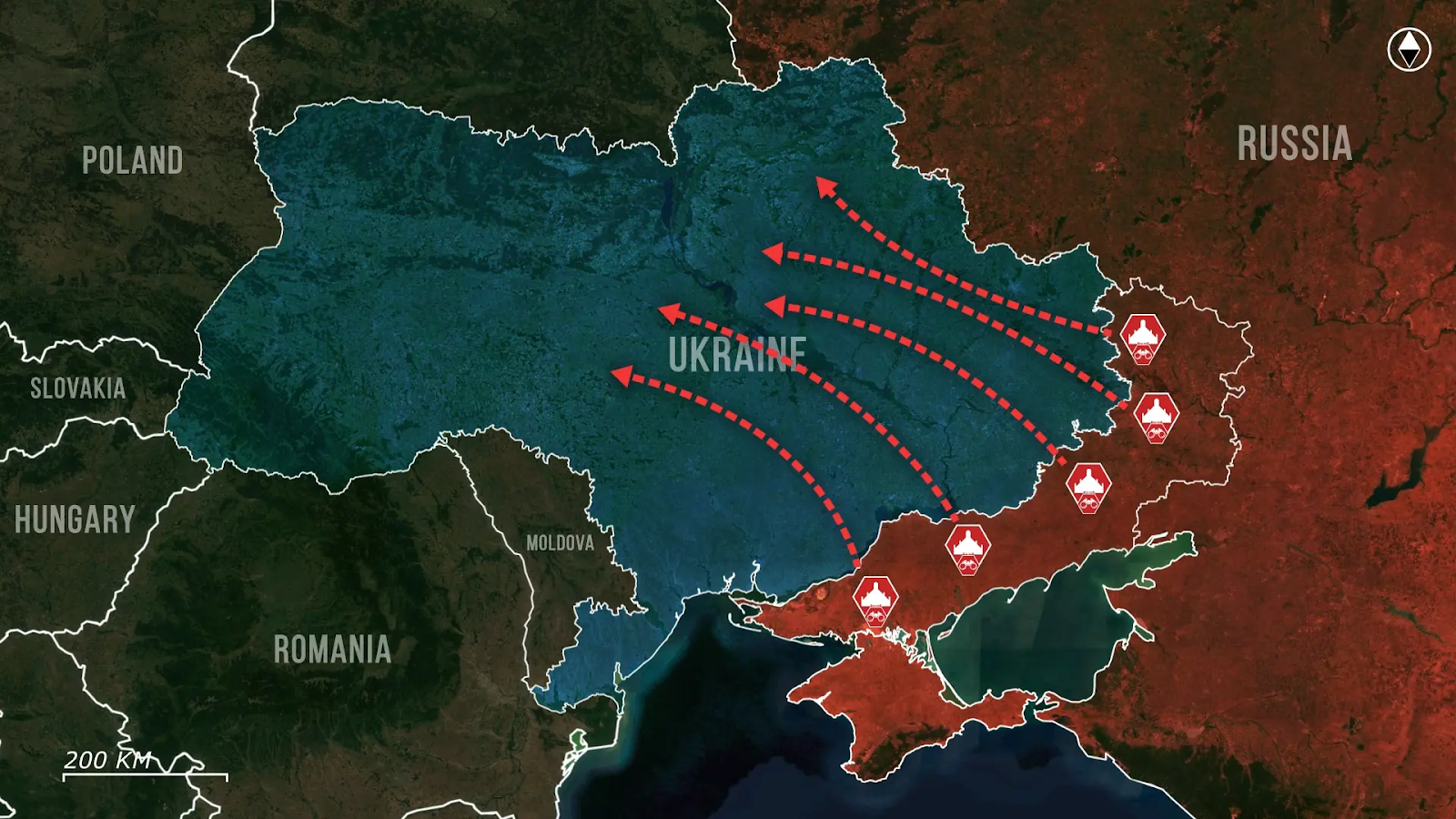
Recently, Russian military analysts started complaining that Russian forces have not been able to effectively strike high-value Ukrainian positions behind the frontline. The main problem is the inability of Russian reconnaissance drones to penetrate behind Ukrainian lines to detect and target these command posts, weapon installations, airfields, and force concentrations. Ukraine has effectively deployed mobile air target detection radars, known as OVT stations, small, mobile air target detection radars, across the entire frontline. The radars Ukraine deploys under the OVT designation include mobile 3D air-surveillance systems, such as the RPS 42, designed for low- and high-altitude detection and target identification. These mobile radars provide real-time coordination and track data even under jamming conditions, making them well-suited to protect forward lines.
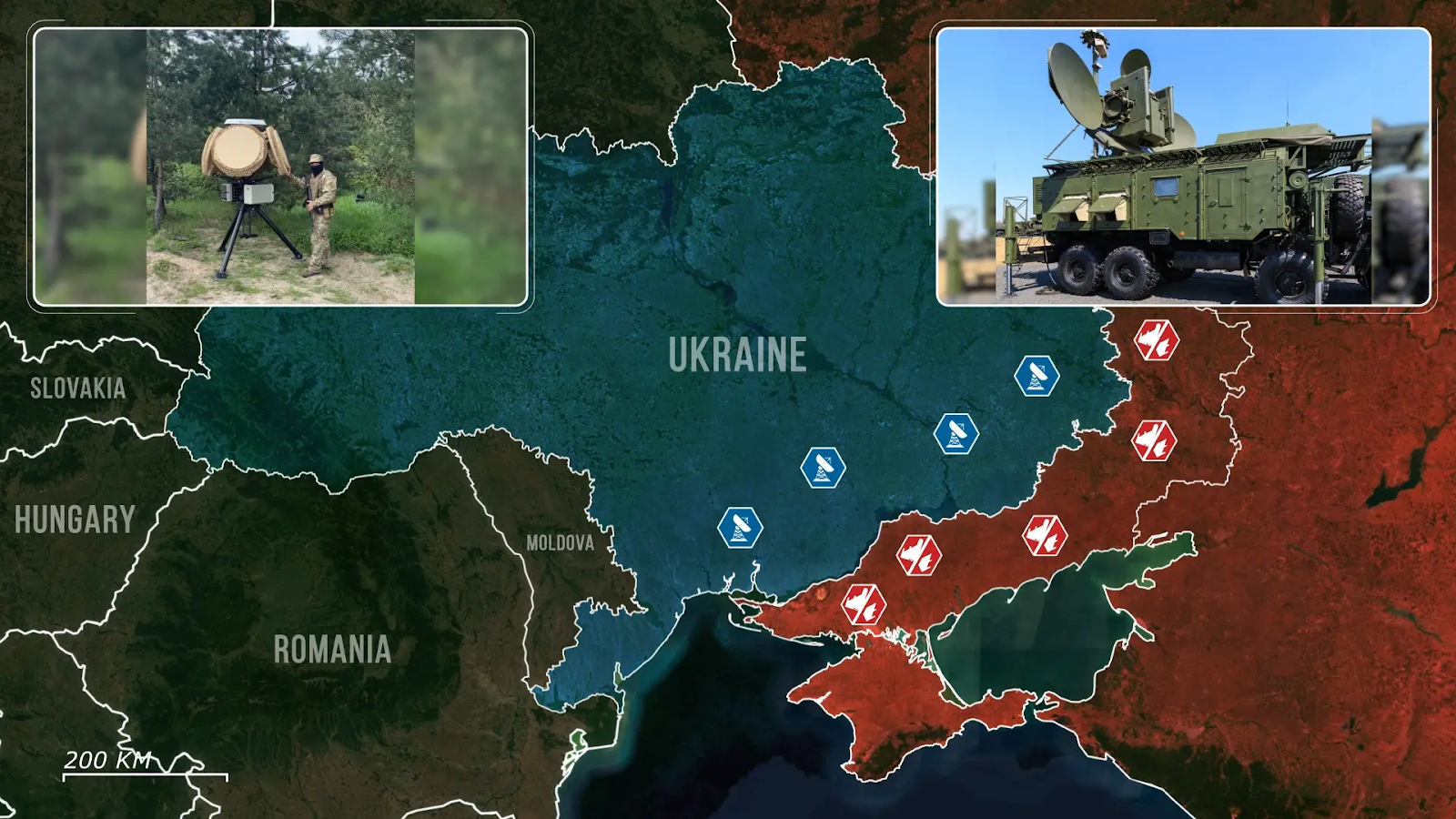
These compact systems are easy to operate and can be quickly repositioned, giving Ukrainian units a constant picture of incoming threats. Their presence means Russian drones and missiles are spotted earlier and more reliably, allowing air defenses to respond with far greater efficiency than before. Russian forces complain that some of these radars can be stationary for up to eight months before Russian commanders order their destruction, indicating that Russian officers greatly underestimate the threat they pose for Russian operations.
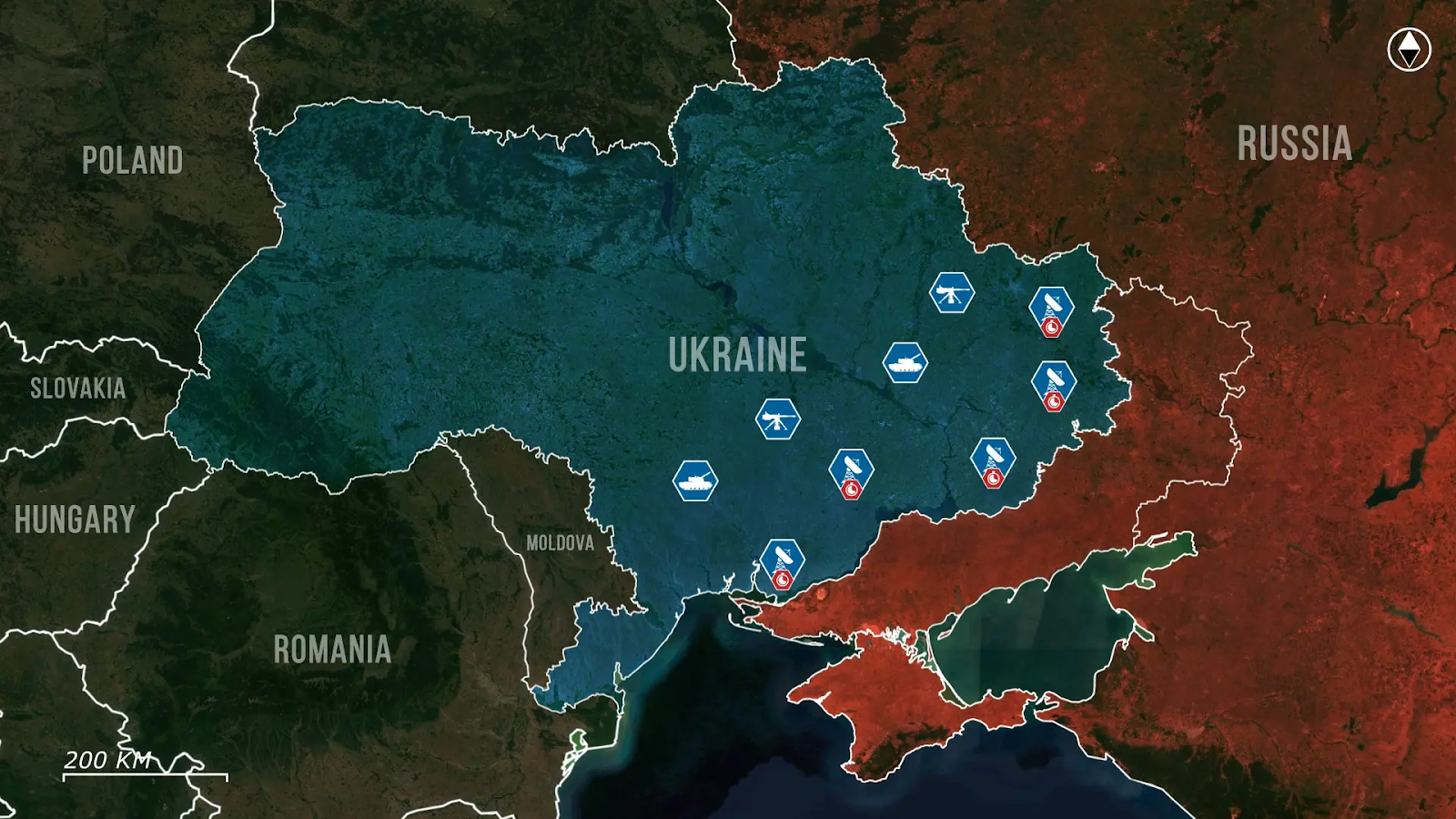
Without reliable reconnaissance data, Russia’s strategy of grinding down Ukraine's rear is faltering, and strikes that once forced Kyiv to scatter resources now hit warehouses stocked with nothing, as Russian media are forced to overreport on the rare few successful strikes to maintain the illusion.
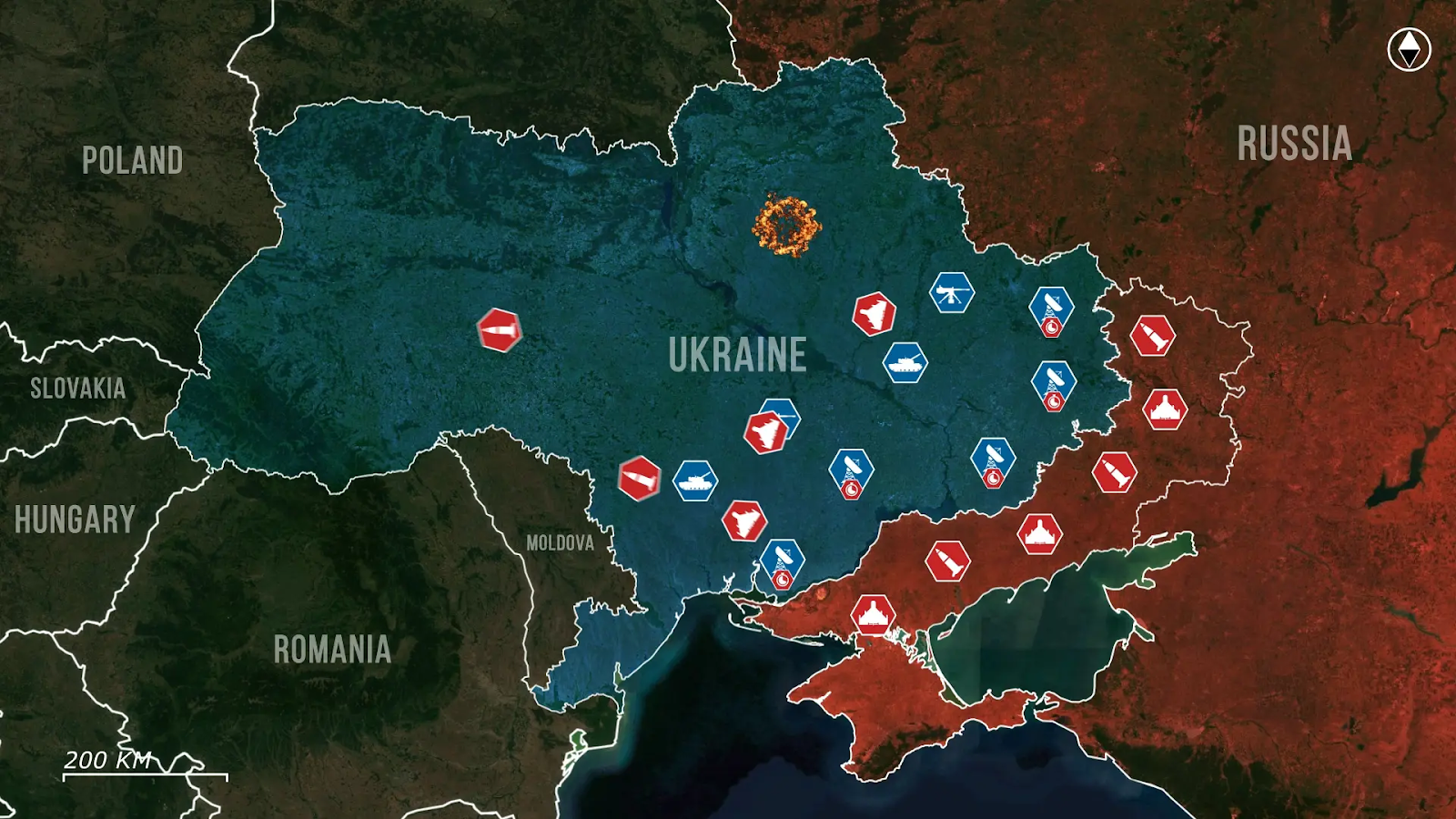
The political context makes this shift sharper because Moscow had framed deep strikes as proof of its technological superiority. Regular footage of Ukrainian warehouses exploding was meant to demonstrate inevitability; however, the silence is telling.
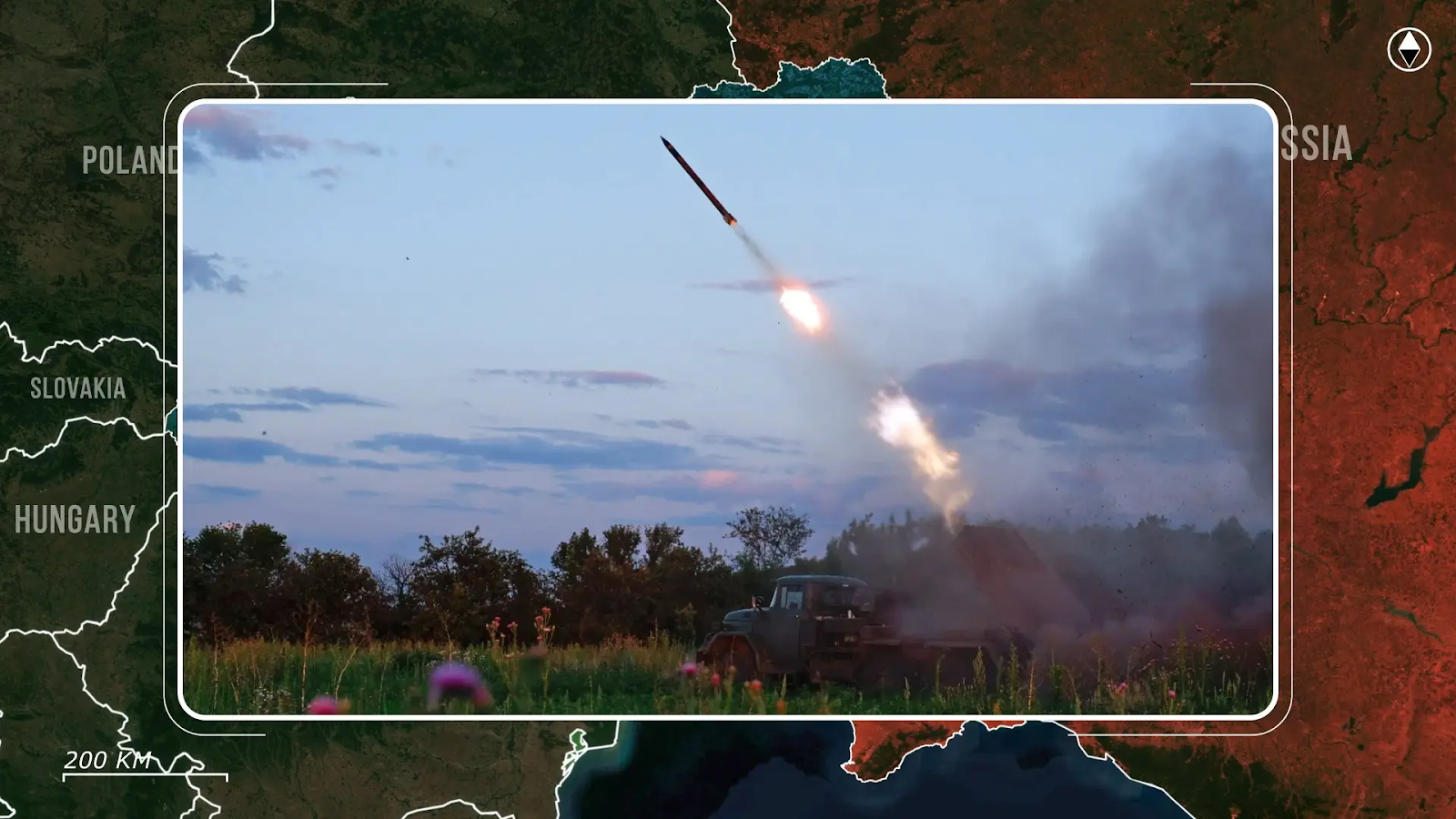
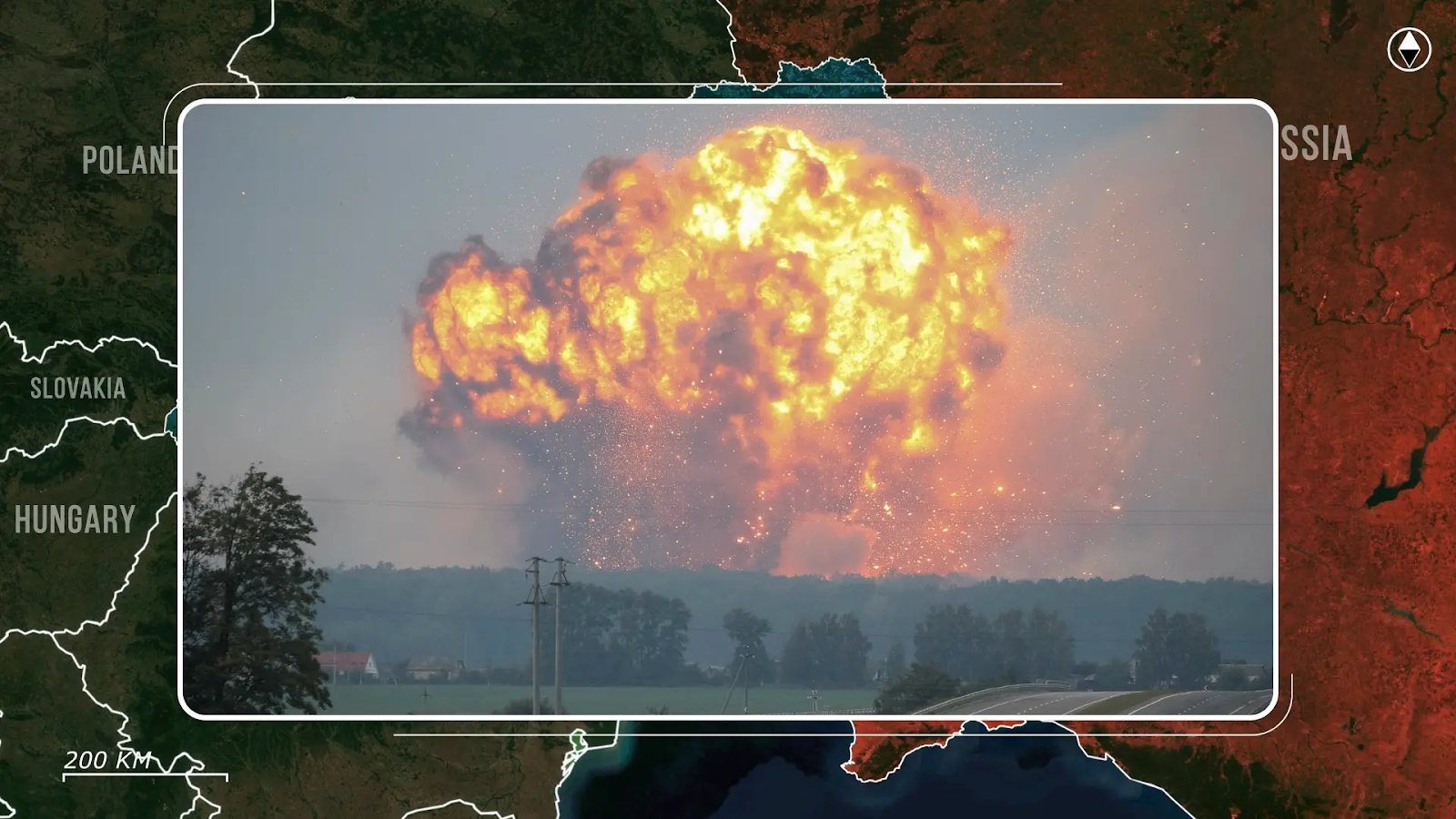
Even Russian military analysts complain that missile attacks are now for show and are hitting civilian buildings instead of military assets. This damages domestic confidence, especially after commanders had promised the summer offensive would bring decisive results.
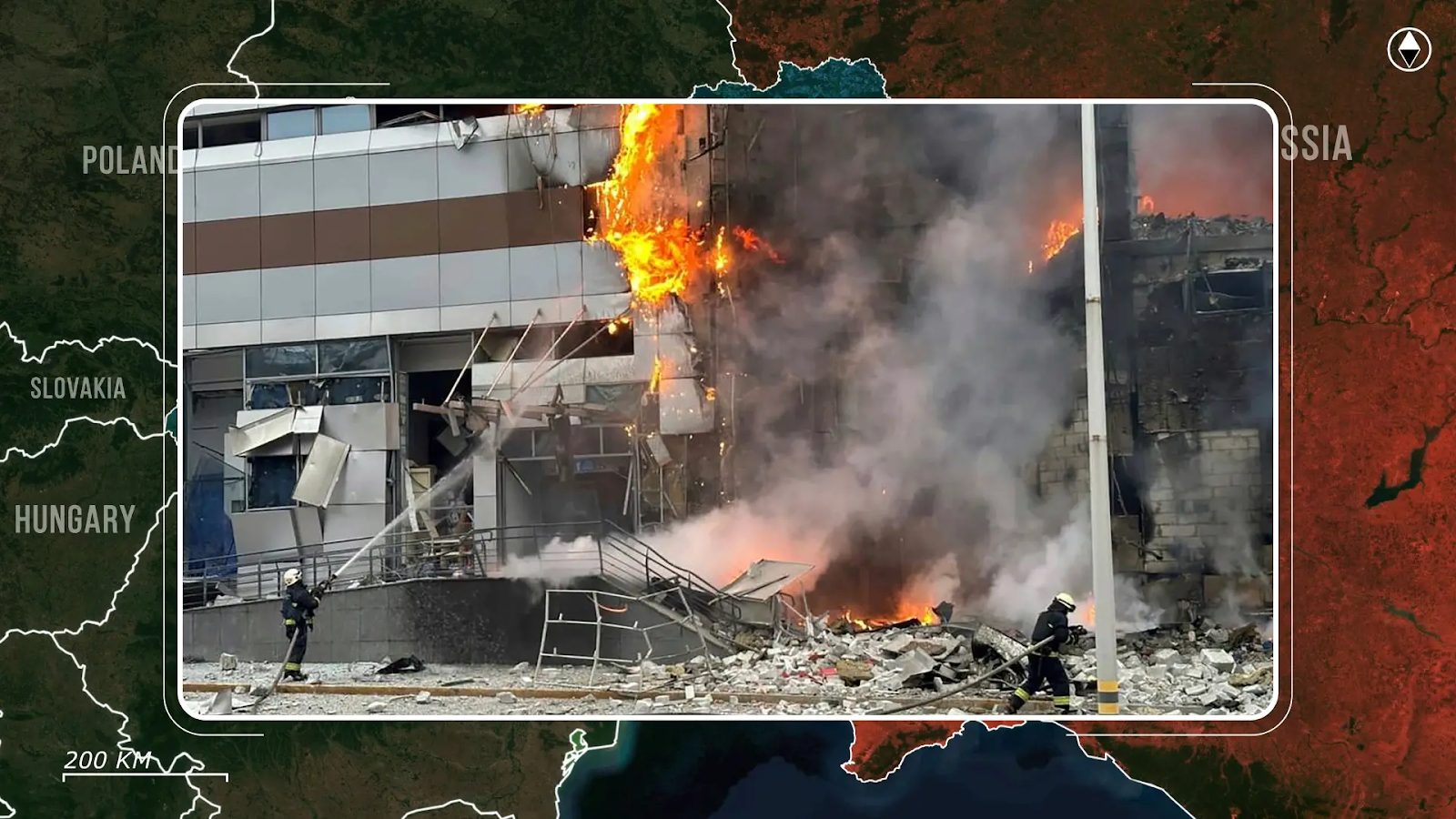

However, the inability of the Russians to conduct repeated and accurate strikes also means that high-value Ukrainian systems such as Himars and long-range drones can operate more freely, striking fuel convoys and troop concentrations with less risk of detection and immediate retaliation. This has been an issue for Russians for a long time; for example, in Kursk, the Ukrainian incursion succeeded largely because Ukrainian movements went undetected until it was too late. And the then repeated Himars strikes on Russian forces concentrations dozens of kilometers behind the front line illustrates how much more aggressive Ukraine’s strike campaign has now become.
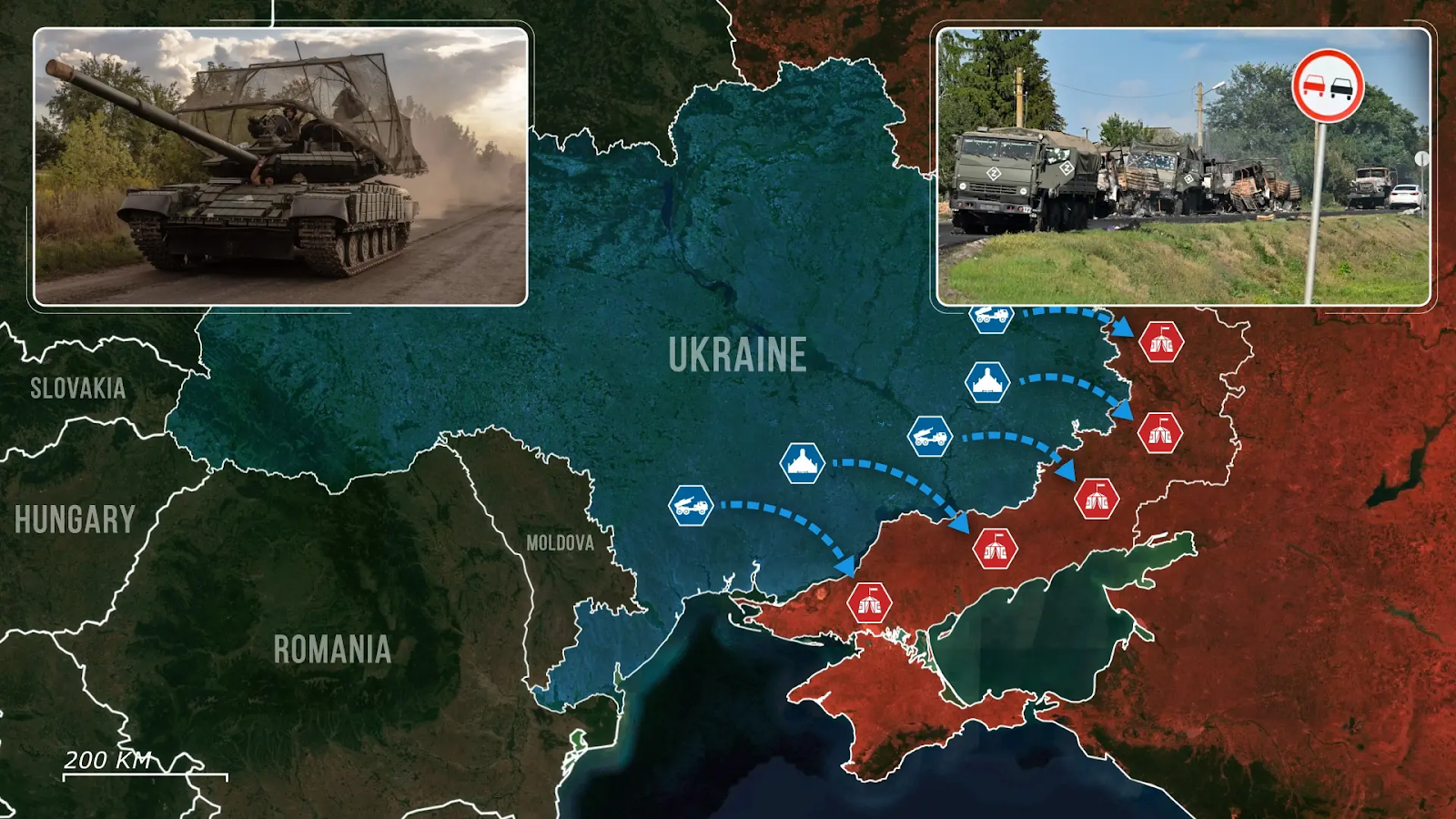
The turning point is clear: Russia’s reconnaissance network can no longer keep pace with Ukraine’s countermeasures. Because Russia cannot track Ukraine’s deeper rear, it cannot strike Himars and other long-range systems, leaving its offensives to advance without protection while Ukraine strikes back. Supply lines that should be shielded from strikes remain vulnerable because every missed Ukrainian depot translates into more shells, more drones, and more rotations for defending brigades.
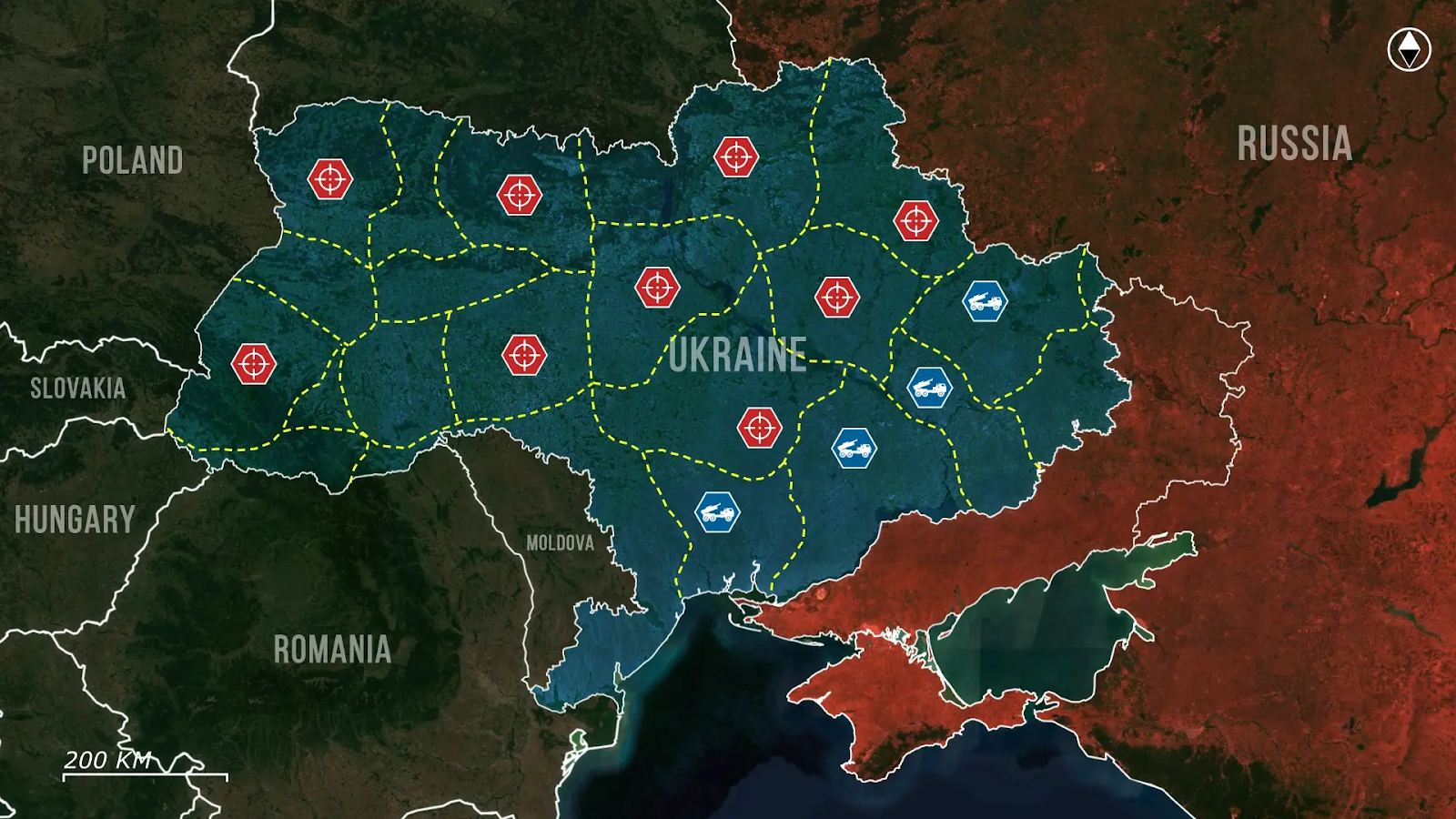
For Russia, attempts to close the gap by importing reconnaissance drones from Asian suppliers such as Iranian and smaller Chinese manufacturers have largely failed. These platforms are designed for commercial use, lack hardened communication links, and are easily jammed by Ukrainian electronic warfare.
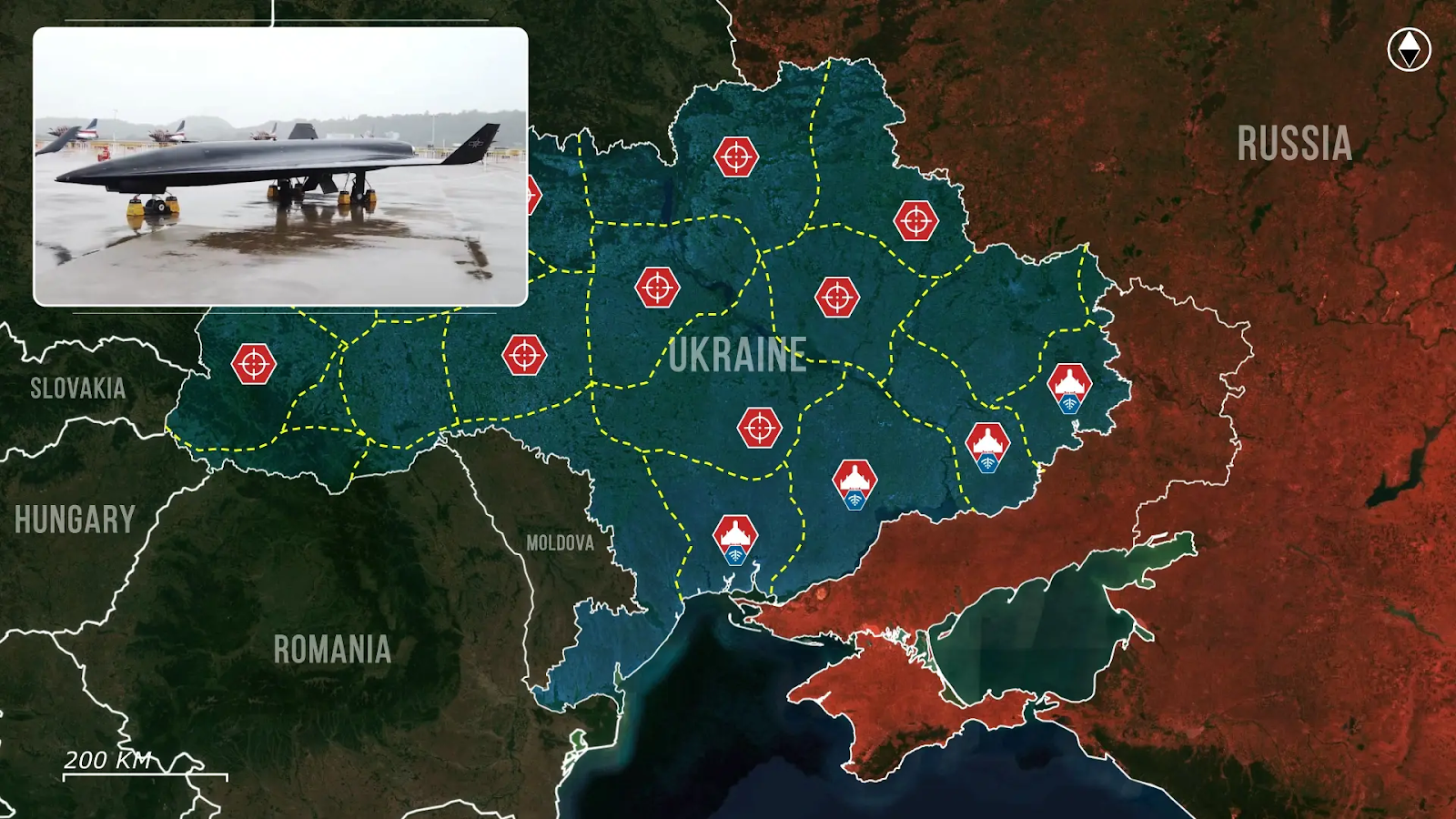
Overall, the collapse of Russian rear reconnaissance is a structural weakness with direct consequences for logistics and sustainability. Moscow is losing the ability to paralyze Ukraine’s logistics at depth, while Ukraine is gaining freedom to maneuver and expand strikes in return. As the summer campaign unfolds, this imbalance could shape not just the intensity of fighting but the very sustainability of Russia’s war effort.

What was once a decisive Russian strength has turned into an exposed vulnerability, and Kyiv is determined to make the most of it.
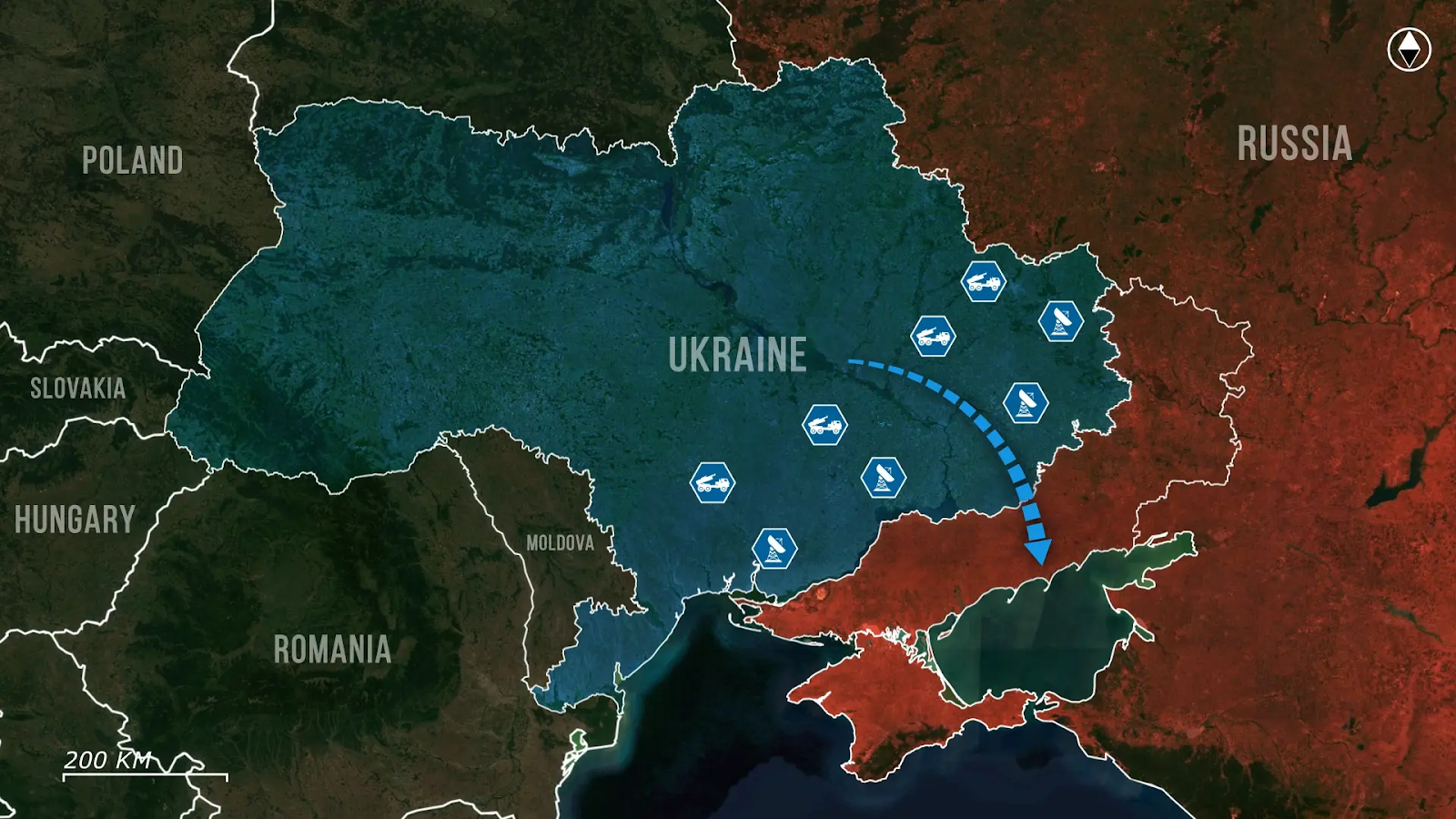








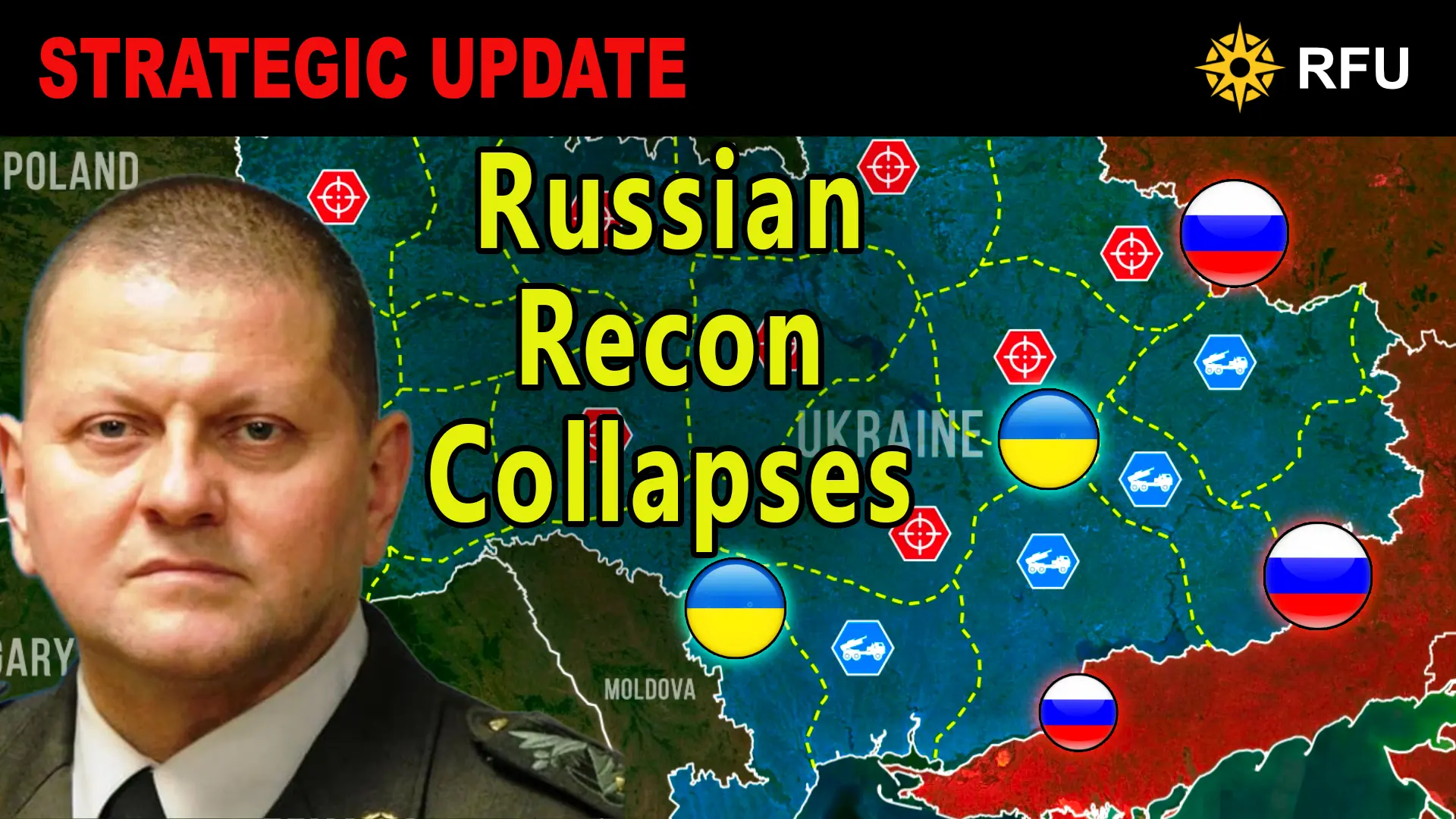
.jpg)

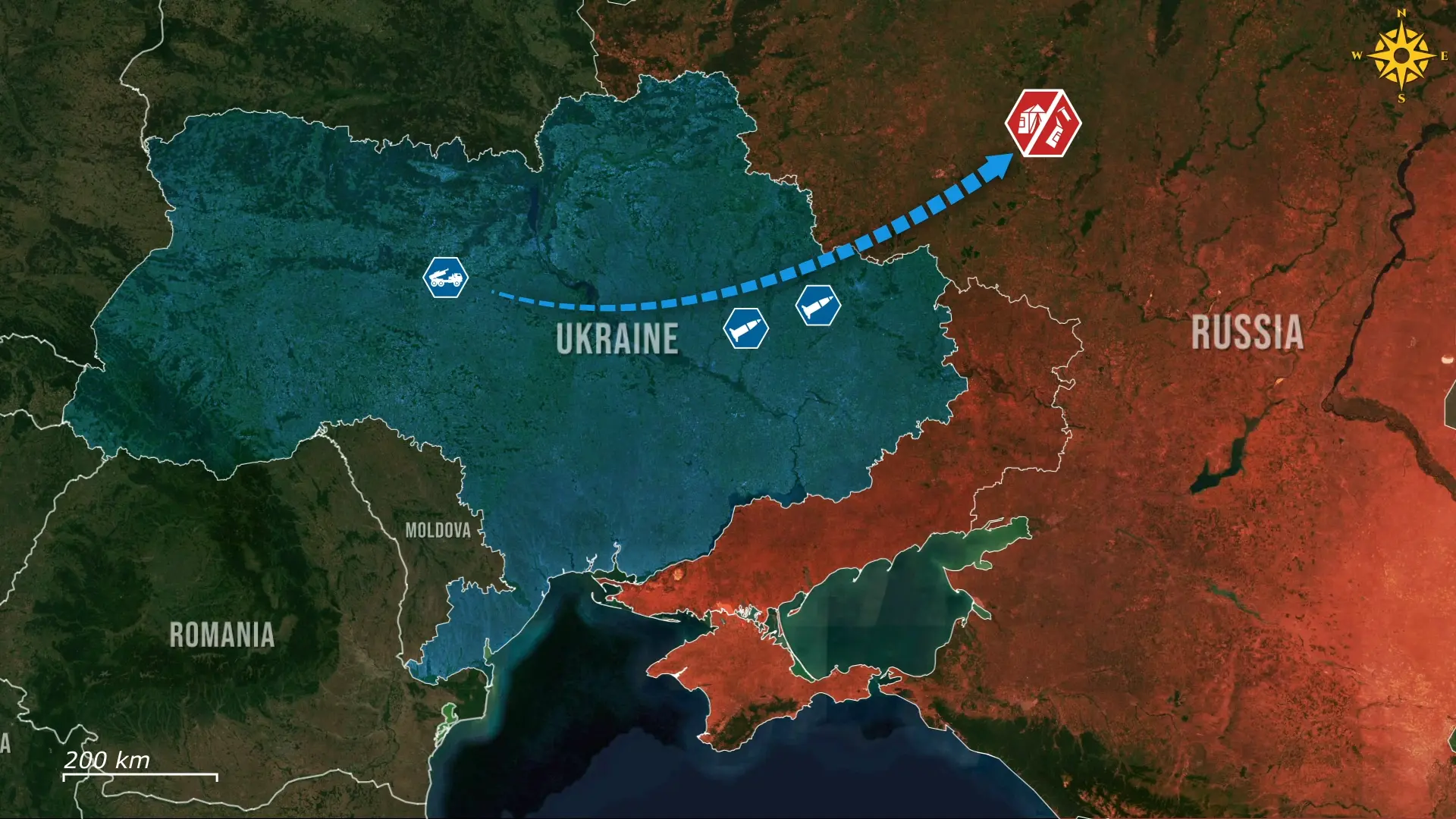
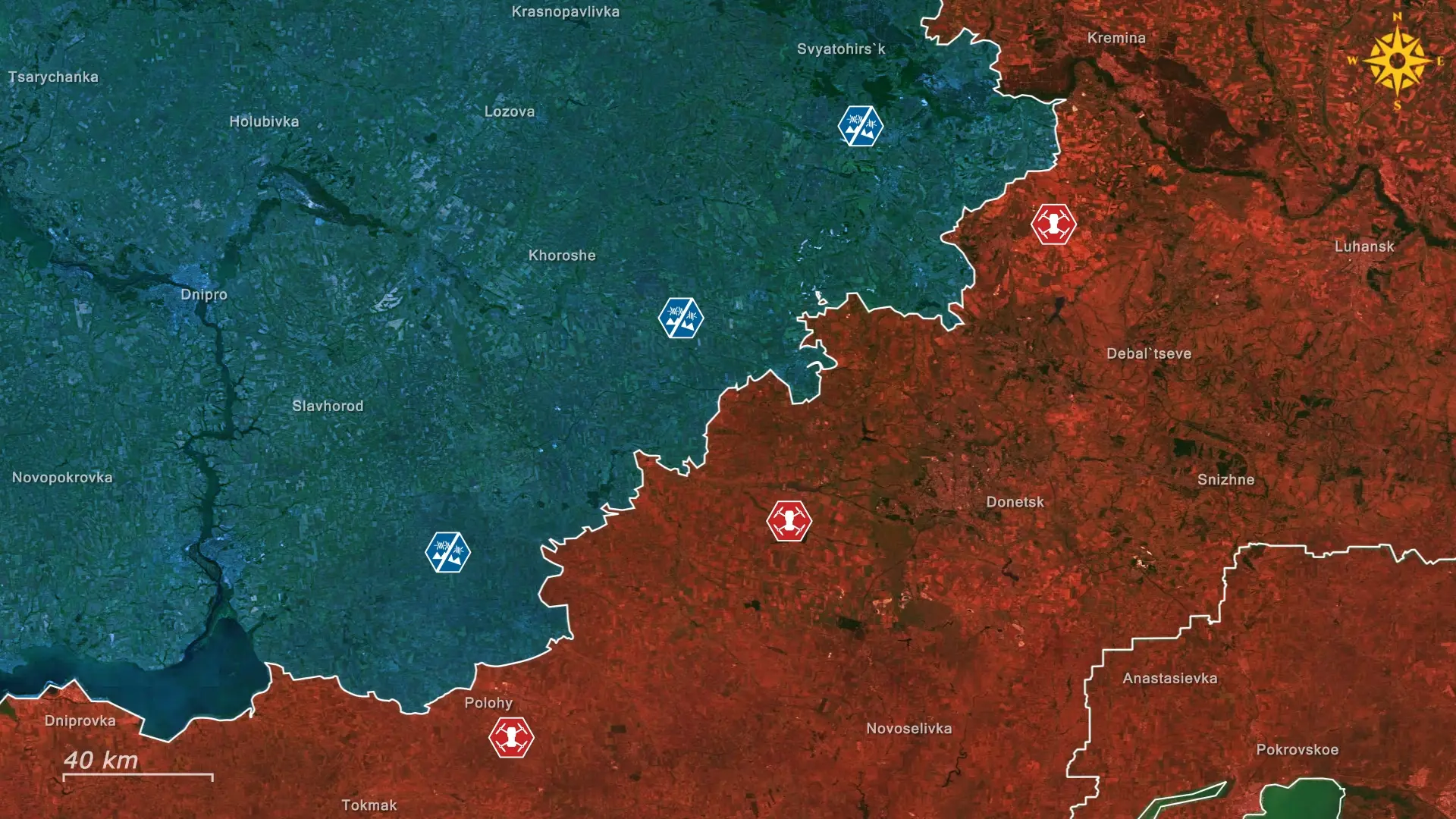
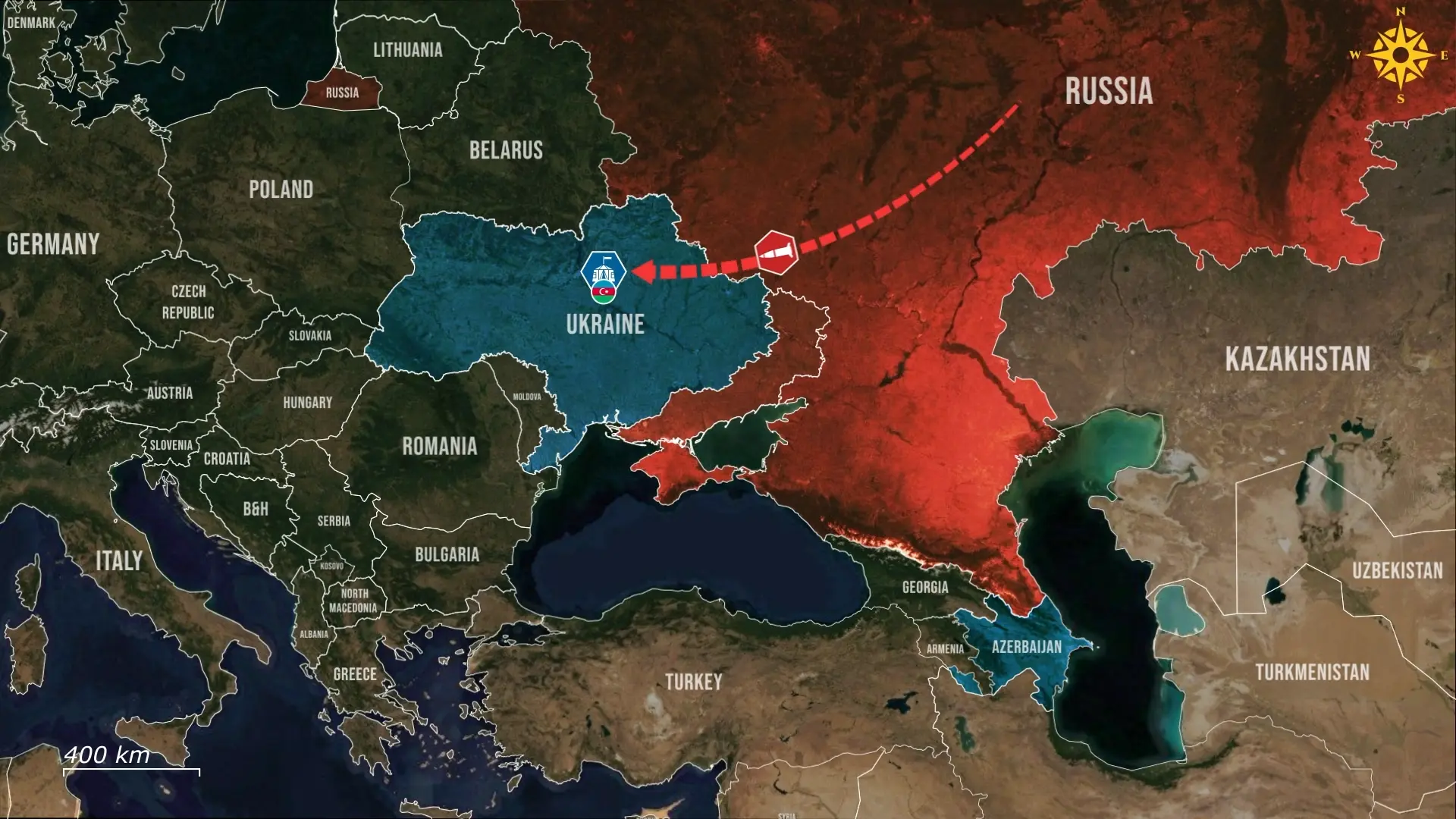
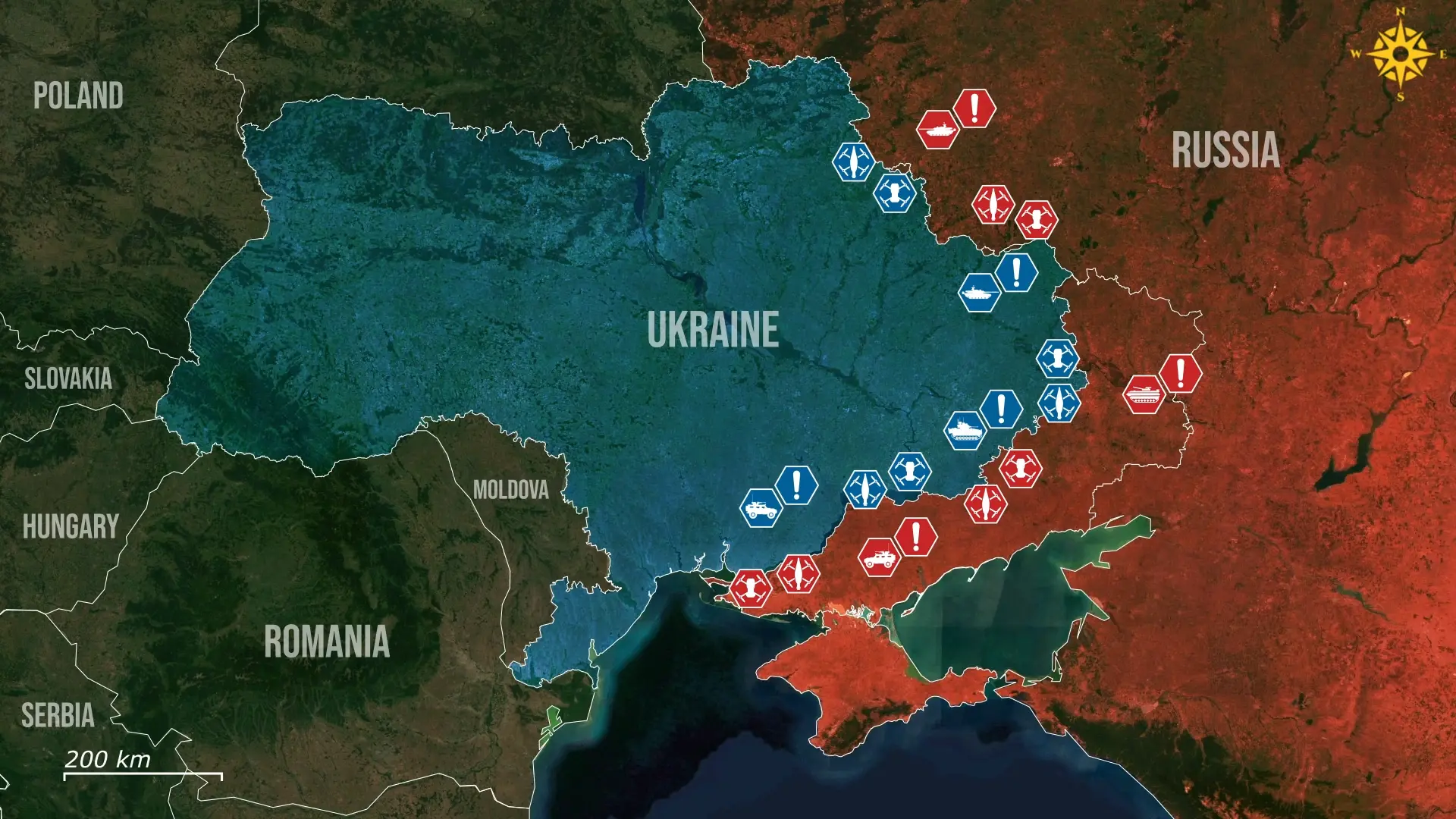

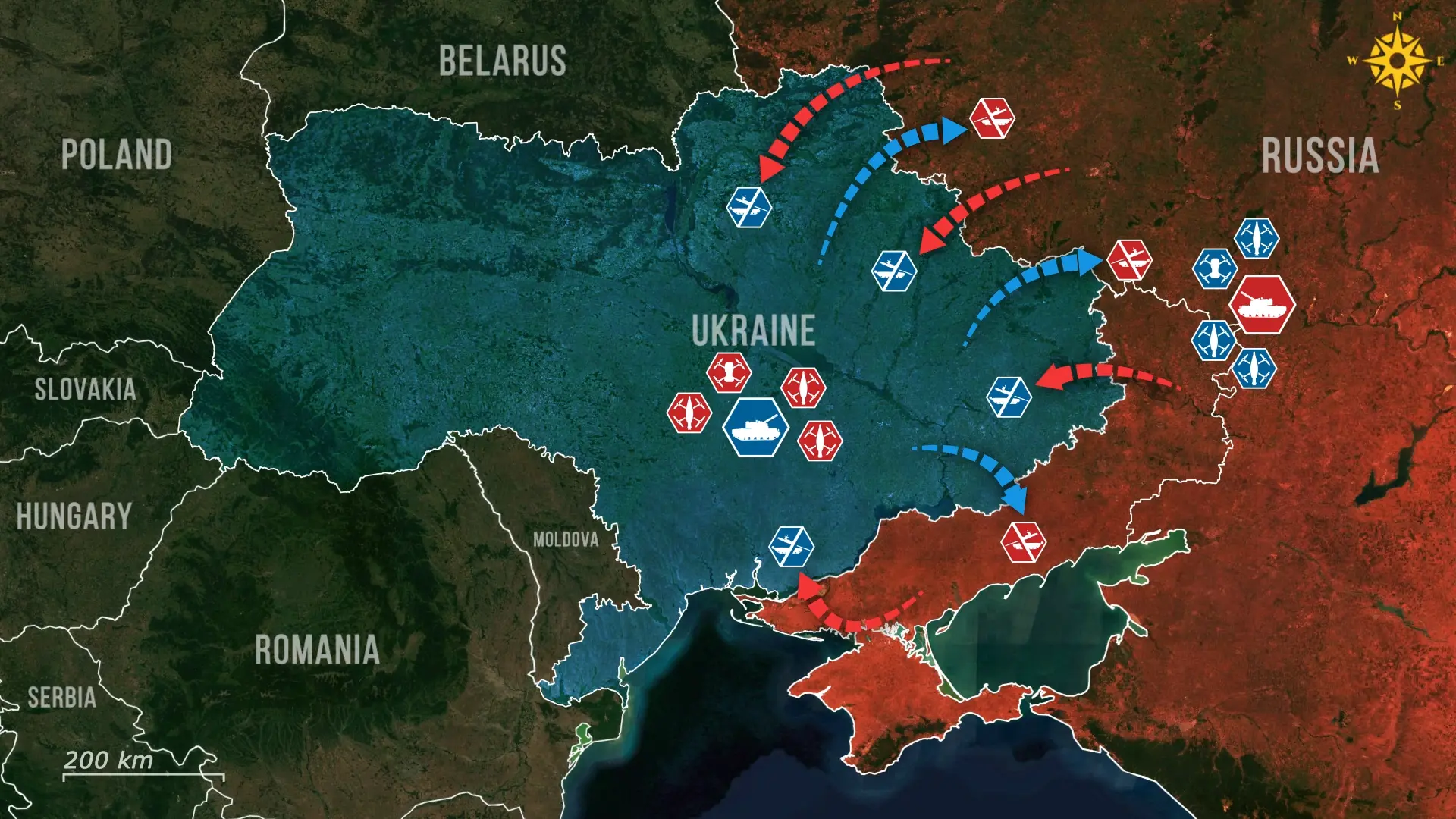
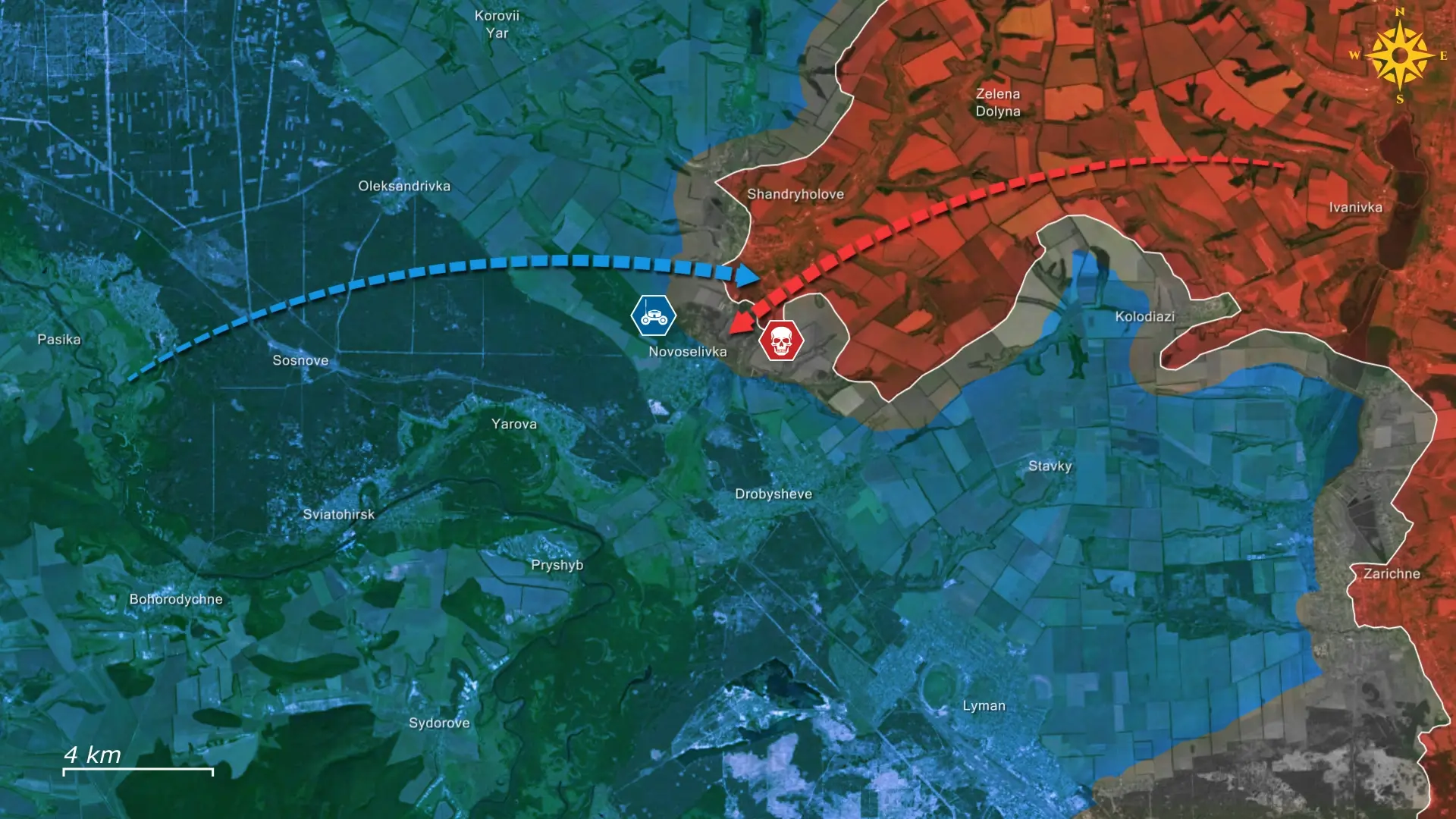
Comments